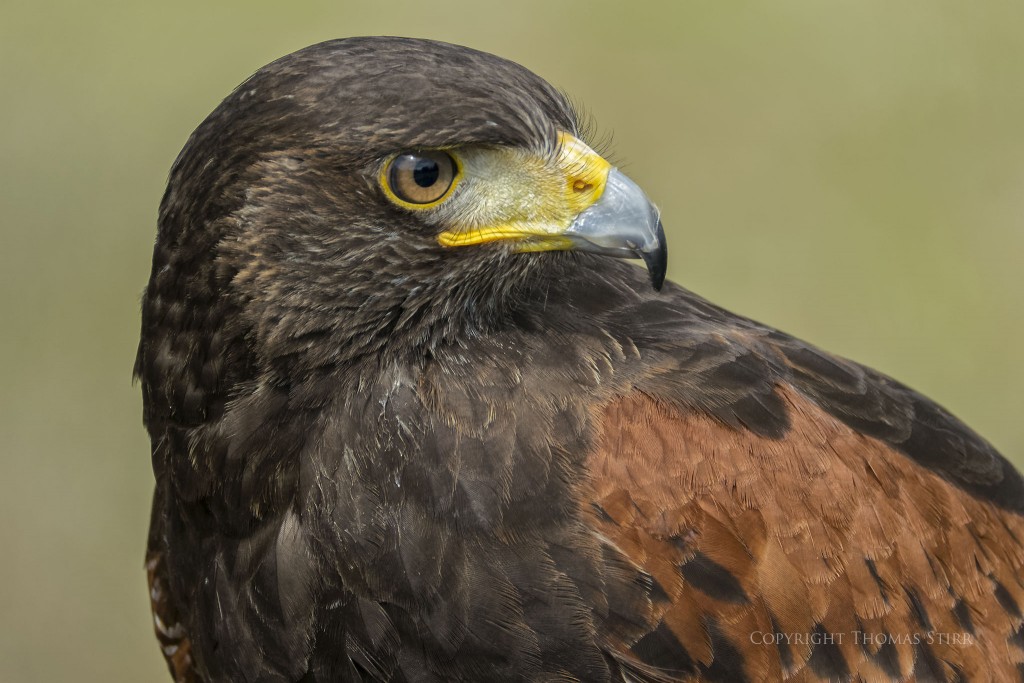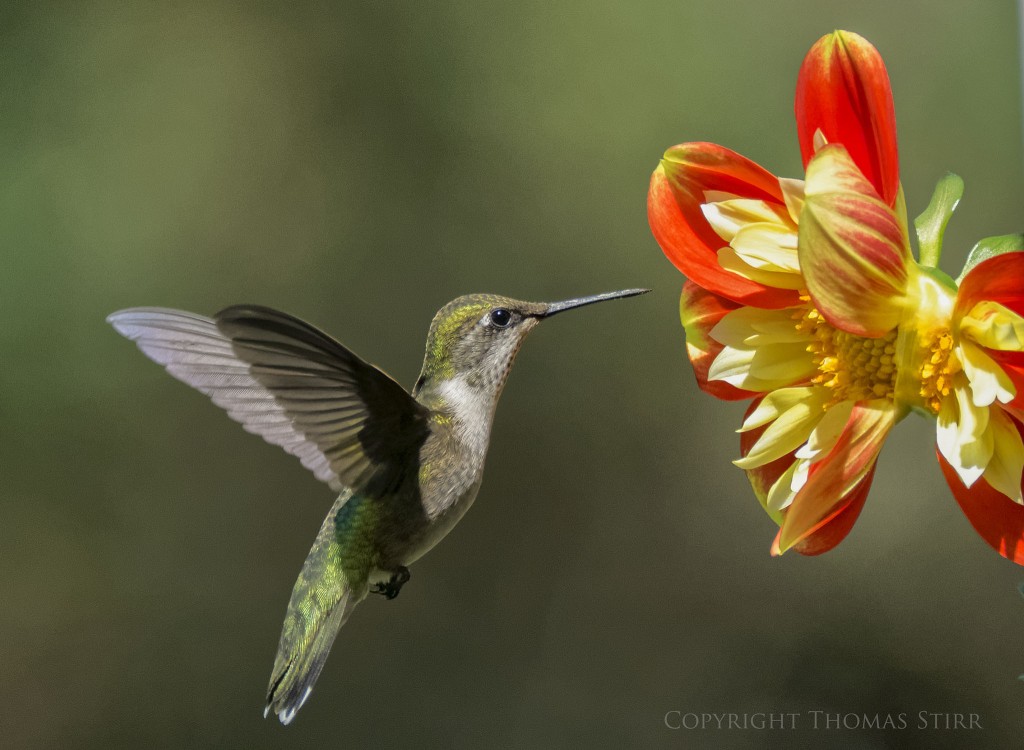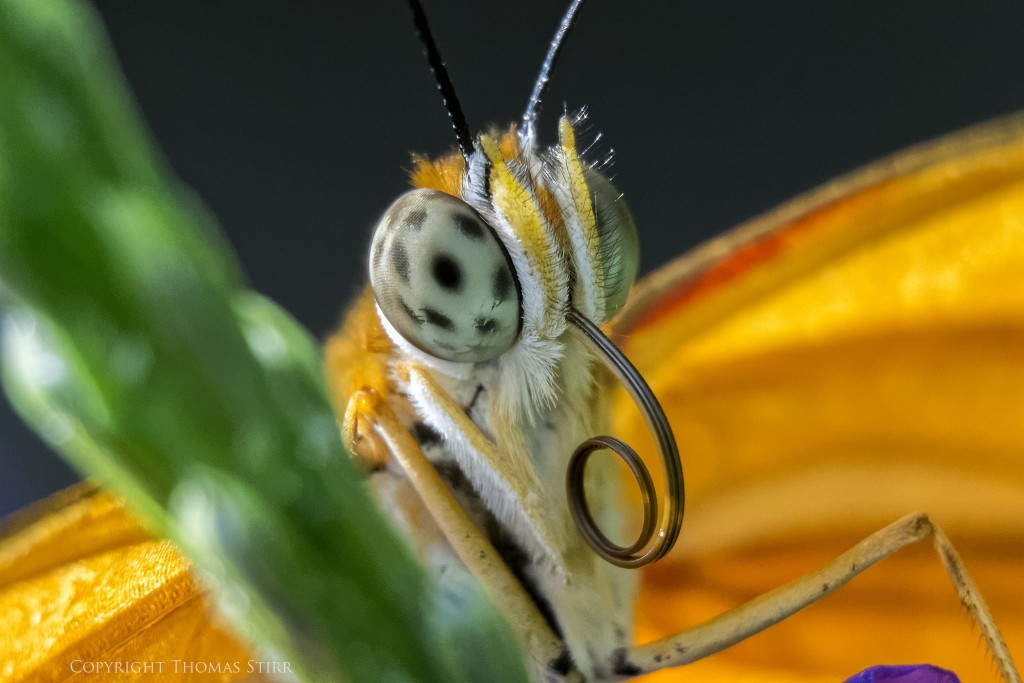In a wide range of professions a large part of success is understanding your needs and using the right tool for the job at hand. When it comes to photography we have a wealth of choices in terms of sensor formats, cameras and lens. There is no such thing as the ‘best camera’ in terms of a ‘one format fits all’ solution.
NOTE: Click on images to enlarge.

It is certainly true that many photographers may find that a full frame system is best suited to their particular needs for a variety of reasons. Other photographers may find that their needs are better met by a medium format camera. And, smaller sized sensor gear like APS-C or M4/3 may be the best choice for other photographers.

Fixating about sensor size and participating in heated arguments about what constitutes the best camera gear are at best juvenile and pointless behaviours. From certain perspectives these behaviours could be viewed as rather egotistical.

The only person who truly understands what camera gear is best for their specific needs… is the person who has spent the time to assess their needs, made a logical purchase decision based on those needs, then spent their hard earned money buying equipment.

Of course when we don’t properly assess our needs we can make mistakes buying camera gear. And, sometimes those mistakes can be expensive.

When I look back, the biggest camera gear purchase mistake I made was buying full frame camera equipment. There was nothing inherently wrong with the equipment. It performed very well in terms of sensor performance with excellent dynamic range and colour depth. I could point my full frame cameras at just about anything and I’d get good quality images.

The fundamental problem for me was that full frame gear was not a good fit for my specific needs. For example, when it came to doing safety video projects for clients, using full frame gear was terribly inefficient. I found myself lugging around four to six studio lights, an armful of extension cords, and a range of camera supports in various industrial settings.

Continually having to set up all that lighting to capture a few video clips, then moving it over and over again to set up for the next planned scenes, was physically taxing and wasted a lot of time.

If I was totally honest with myself I would have to admit that I hated using full frame gear. It was heavy and cumbersome and always seemed to ‘get in the way’ of what I was trying to create. I seldom felt any energy or inspiration when using it. That’s just my experience of course and is not indicative of what other photographers may find.

Fortunately I stumbled into the Nikon 1 system and discovered that I could dramatically reduce the gear I brought to my client video sessions. Since I could achieve the deeper depth-of-field I needed by using shorter focal length lenses shot wide open, I could leave my studio lights in my gear closet.

I was far more efficient onsite which reduced production time and cost. And, freed up client personnel for other work assignments. The quality of my Nikon 1 V2 video files was completely acceptable from a client perspective. As long as I produced safety videos that met the needs of my clients… they didn’t care what camera gear I used.

I made the decision to sell all of my full frame gear and luckily I was able to recoup a good chunk of my initial investment. I don’t look back on my full frame gear days fondly. They are nothing more than reminders of a past mistake that I have no interest in repeating. Should you buy full frame gear? I don’t have a clue… and neither does anyone else you could ask.

You should buy whatever sensor format, brand and model of camera that best suits your needs. That could be medium format. Full frame. APS-C. M4/3 or even smaller. The thing that really matters is what you are able to produce with what you own. If your camera gear helps enable your creativity and you feel inspired when using it… you’ve made a good decision. Regardless of the sensor size, camera brand/model you choose.

Technical Note:
Photographs were captured handheld using camera gear as noted in the EXIF data. Images were produced using my standard approach in post. Photographs were resized for web use. This is the 1,163 article published on this website since its original inception in 2015.

How you can help keep this site advertising free
My intent is to keep this photography blog advertising free. If you enjoyed this article and/or my website and would like to support my work, you can purchase an eBook, or make a donation through PayPal. Both are most appreciated.
If you click on the Donate button below you will find that there are three donation options: $7.50, $10.00 and $20.00. All are in Canadian funds. Plus, you can choose a different amount if you want. You can also increase your donation amount to help offset our costs associated with accepting your donation through PayPal. An ongoing, monthly contribution to support our work can also be done through the PayPal Donate button below.
You can make your donation through your PayPal account, or by using a number of credit card options.
Word of mouth is the best form of endorsement. If you like our website please let your friends and associates know about our work. Linking to this site or to specific articles is allowed with proper acknowledgement. Reproducing articles, or any of the images contained in them, on another website or in any social media posting is a Copyright infringement.
Article is Copyright 2022 Thomas Stirr. Photographs are Copyright 2013-2016. All rights reserved. No use, duplication or adaptation of any kind is allowed without written consent. If you see this article reproduced anywhere else it is an unauthorized and illegal use. Posting comments on offending websites and calling out individuals who steal intellectual property is always appreciated!


Hello there Thomas.
You have an impressive and inspirational site here.
I am a newcomer to digital photography so therefore still learning about equipment and possibilities.
When I noticed the model of camera you have with a one inch sensor I had to quickly research and know a little about it.
Then there was the wow moment and some heart-lifting laughter and happy tears because what I have seen here with the quality of your photographs taken with that camera and its small sensor contradicts the dismissive attitude and beliefs held by ‘photographers’ at review and opinion websites and YouTube channels toward sub APS-C sensor cameras.
Thank you.
Rob
Hi Rob,
I’m glad you are enjoying the website and are finding some ‘revelations’ with regards to using small sensor cameras.
Every camera comes with strengths and trade-offs. As is often said there is no such thing as a perfect camera. It really comes down to the individual needs of a photographer. I sold all of my full frame gear back in July 2015 and shot with Nikon 1 gear exclusively for my client video assignments and my personal photography for about 4 years. I bought into the Olympus M4/3 system 3 years ago and have not regretted that decision for even a second.
Unfortunately there is a lot of sensor bias in the photography world. I just shrug it off and enjoy the sense of freedom and creativity that my small sensor gear provides.
Tom
Hi Tom,
Another excellent, calm article in a sea of inordinate brand attachment.
We are living in a blessed time that one can afford to try different camera systems before committing to one. In the last 20 years, I must have tested 20-30 cameras before settling on five main ones: Nikon D2H, D300s, D810, Z7, and now Olympus EM1-II. All of them have met my needs at the moment.
My few mistakes had to do with rushing out to buy the “latest and greatest.” Patience, patience, patience, I tell myself now: wait for a couple years for the hype to die down before buying.
Tony
Hi Tony,
Thanks for sharing your perspectives. As your comment notes, our photographic needs can change over time which in turn can affect our choice of camera gear. I had no experience with the Olympus brand in the past as I mainly used Nikon gear. Being able to borrow some equipment was instrumental in my purchase decision.
Tom